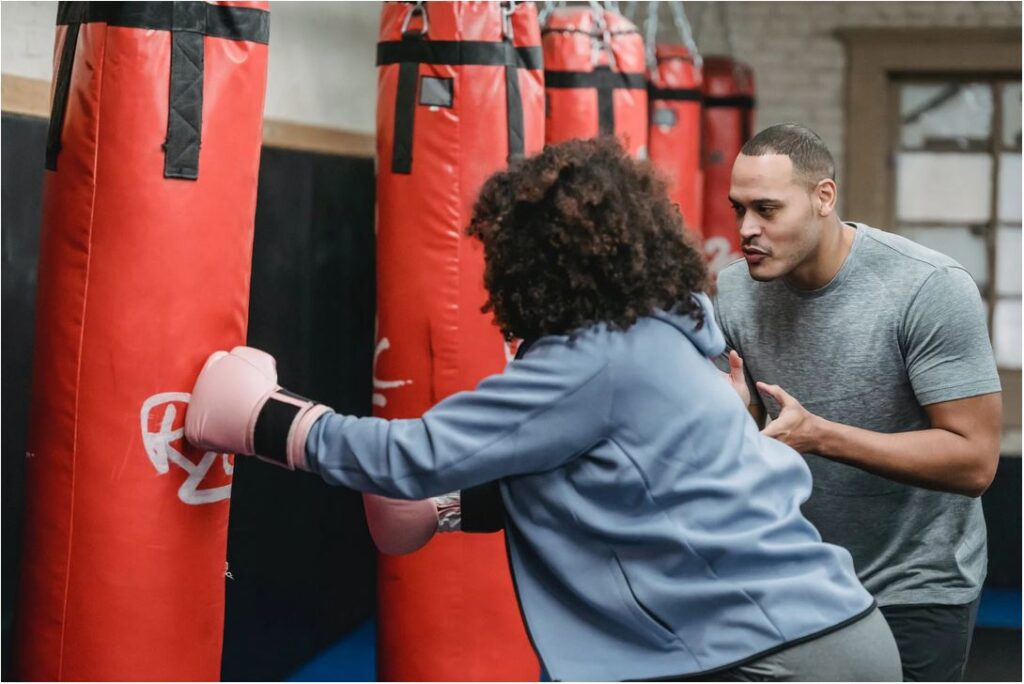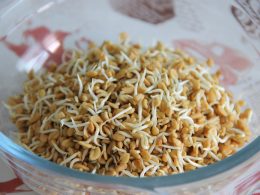Table of Contents
Hospital data suggest that some of the most common causes of sports injuries are direct impact overuse, and application of force that is greater than the body part can sustain. Common sports-related injuries include nose bleed, joints, and sprains. However, the most common sports injury most athletes experience is swelling.
Swelling is usually accompanied by bruising and pain. It also leads to limited mobility in the affected area. This is especially true when it comes to swelling in the arms and legs. Today, we’re taking a look at 4 effective things you can do to reduce swelling.

Rest
Believe it or not, rest is actually one of the best things you can do to reduce swelling and pain. As mentioned, swelling is a common sports injury which is accompanied with bruising and pain. When you continue to use an injured body part, it can cause damaged tissues and cells to become irritated, furthermore encouraging increased blood flow to the affected area.
Meaning, by continuing to use an injured body part, it can actually increase the size of the swelling. But, by resting and giving your body an adequate amount of time to heal damaged tissues and cells, it will cause the swelling to subside.
Resting will help heal your swelling by leaps and bounds. Rest is essential to heal from any injury, but it is especially helpful for swelling and inflammation.
Compression
Compression is a popular technique many experienced sports medicine doctors use to reduce swelling. It consists of applying pressure to the injured body part to restrict blood flow. You can execute this technique by using an elastic bandage, state bandage, or compression device.
The key thing to remember is that you shouldn’t apply too much pressure as this can aggravate damaged muscle tissues and cells. Compression can help reduce swelling in many ways. It restricts the blood flow so that the area stops swelling up. Compression is a great way to manage pain also, because more swelling equals more pain.
NSAIDs
Inflammation is one of the main causes why athletes experience swelling after sustaining an injury. By using an NSAID like ibuprofen, it can help to alleviate pain and reduce inflammation in the affected area. The key thing to remember with NSAID is that they’re harsher on the liver than acetaminophen-related medication such as Tylenol.
Therefore, they should be used sparingly. Most experts proclaim that you should use Tylenol for non-sports-related pain, and specifically use ibuprofen when it comes to reducing swelling. You can also use ginger root for swelling, it is actually more effective than Western anti-inflammatories.
Check your local health food store to find a good source of this fantastic medicinal herb.
Small Changes
As an athlete, you’ll experience swelling from time to time as you continue to conduct the sport you enjoy. Fortunately, by making small changes in your life, you can reduce your chances of experiencing swelling in the first place.
Ingest ginger root after workouts to reduce swelling and ease the pain. This is a great way to start. These small changes can help you in so many innumerable ways. Some of those changes include:
- Drink 8-10 glasses of water every day.
- Several brief walks throughout the day.
- Reduce your carbohydrate and salt intake
- Elevate sore arms and legs at night.
Easing swelling and pain can be a challenge sometimes. Be sure to use your NSAIDs and keep plenty of ice on hand. Talk to the doctor if you need extra help getting the inflammation and pain under control. There is always a way to get swelling and inflammation under control.















